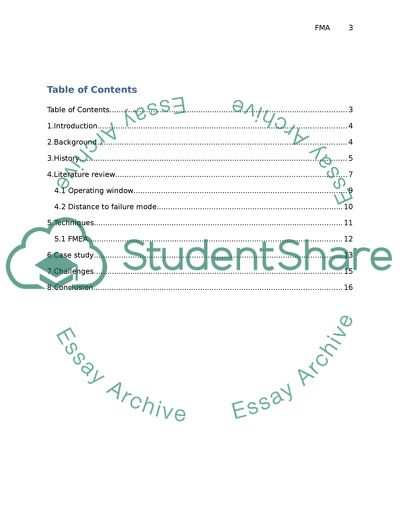Cite this document
(Failure Mode Avoidance in the Automotive Industry Essay Example | Topics and Well Written Essays - 3250 words, n.d.)
Failure Mode Avoidance in the Automotive Industry Essay Example | Topics and Well Written Essays - 3250 words. https://studentshare.org/engineering-and-construction/1811583-failure-mode-avoidance
Failure Mode Avoidance in the Automotive Industry Essay Example | Topics and Well Written Essays - 3250 words. https://studentshare.org/engineering-and-construction/1811583-failure-mode-avoidance
(Failure Mode Avoidance in the Automotive Industry Essay Example | Topics and Well Written Essays - 3250 Words)
Failure Mode Avoidance in the Automotive Industry Essay Example | Topics and Well Written Essays - 3250 Words. https://studentshare.org/engineering-and-construction/1811583-failure-mode-avoidance.
Failure Mode Avoidance in the Automotive Industry Essay Example | Topics and Well Written Essays - 3250 Words. https://studentshare.org/engineering-and-construction/1811583-failure-mode-avoidance.
“Failure Mode Avoidance in the Automotive Industry Essay Example | Topics and Well Written Essays - 3250 Words”. https://studentshare.org/engineering-and-construction/1811583-failure-mode-avoidance.


